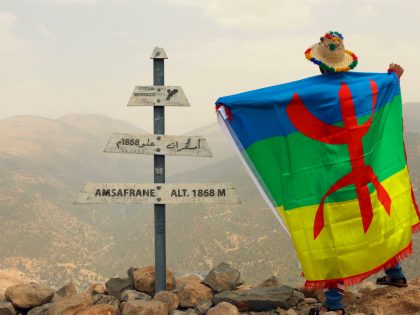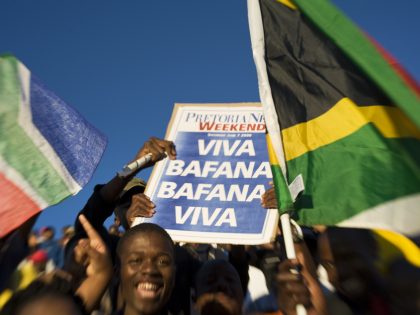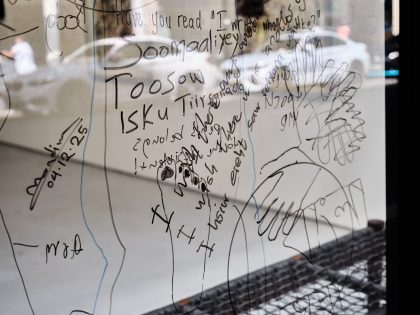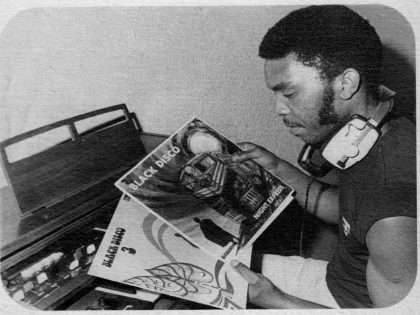Elizabeth Barrett’s house on Harrington Street
Nicholas Eppel's photographs of a working class woman's home life in central Cape Town doubles as a chronicle of the city's gentrification.

Image by Nicholas Eppel.
Elizabeth Barrett is a brave woman. In the early hours of the morning, just before Christmas, a fire broke out in her old Victorian style house in Harrington Street, Cape Town. It threatened not only her life and worldly possessions but also the lives of 14 children that she had taken in for the December vacation. She managed to evacuate most of the kids in the heat of the situation, but was forced to run back into the burning house, back through the searing heat and smoke, haul out the last child hiding under a bed on one of the upper floors. Having saved the lives of the children, the fire destroyed her home of 30 years and the frail, yet resilient social history attached to it.
The incident could easily be read as a metaphor for the struggle of an idyllic past against the rapacious tide of development consuming historic quarters of Cape Town’s inner city. And this is exactly what photographer Nicholas Eppel has captured in his first solo exhibition, entitled ‘A House on Harrington Street.’ It reflects three years in the life and household of Elizabeth Barrett.
You can view the photographs online, here.
As a project of The Centre for Curating the Archive, the exhibition of photographs are meant to stand as a “testimony to community living against the rapid gentrification of the inner city.” Consisting of “30 photographs—still lives, portraits and intimate moments of the household prior to the fire”—the exhibition is hosted by the Cape Town school of Photography, situated in what is presently known as the east-city, or more pejoratively, The Fringe.
The exhibition has received significant publicity, having been the feature of an extended article in the February, 2014 edition of street magazine, The Big Issue, and coverage in the (South African) Mail and Guardian and South African History Online, bucking the trend of trendy development campaigns that don’t always acknowledging the ongoing life and livelihood of folks still living there.
I find Eppel’s work striking because it reveals the intimate details of the on-going, ordinary life of a woman in urban Cape Town. That she dedicated herself and her meagre resources to philanthropic work of caring for orphaned children makes her story particularly heart-warming. But it’s the way the images bring home the frailty and sensitivity of her world, of her home, that quietly stood as a buffer against apartheid and later, the grand schemes of ‘improvement through creative design’ that is the vogue in contemporary Cape Town, that make for compelling viewing. Having been incinerated, razed tragically before Christmas, the images hark hauntingly to a world, a home that is no longer there.
As the remains of a world that once was, the exhibition therefore begs the question, how, in the changing city, do we accommodate such lives, such worlds, inflected with their gritty histories and ordinary folk who are not in want of gimmicky creative solutions when it comes to being in the city and making a meaningful difference in others’ lives?



















